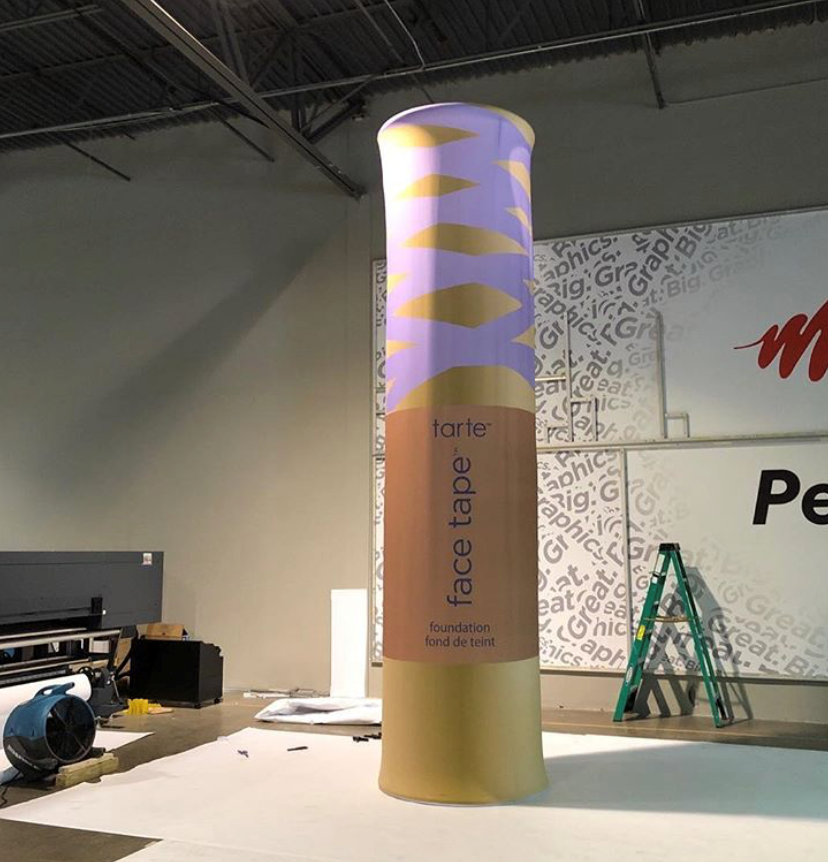Custom textiles (Blinds, Light Fixtures)

WHAT ARE TEXTILES?
Not all textiles are fabric, however, all fabric is a form of textile.
Textiles are flexible materials consisting of a network of artificial or natural fibers. Textile yarn is produced by spinning raw fibers of polyester, flax, hemp, wool, cotton, or other materials to produce long strands. Textiles are formed by knitting, knotting, crocheting, tatting, weaving, braiding or felting.
Textiles have so many uses that textiles are more often categorized by the industries that use them than by the materials that form them. For example, geotextiles are a permeable fabric that filters, separates, protects, reinforces, or drains soil. Geotextiles are often used to improve soil on building and development sites. These textiles have various types of material like non-woven, warp-knitted, and open-mesh textiles. Medical bandages and dressings are classified as healthcare textiles or medical textiles. They have been used for hygiene and first-aid. Textiles used in agriculture, the automotive industry and other specialized fields are distinct in their categorization. The use of the textiles varies wildly even when they have similar components.
Every textile is made from textile fiber. Examples of textile fibers include thread, yarn, rayon, chemical fiber short-hair silk, elastic silk, natural silk and metal wire. Once the fibers are processed together via weaving, knitting, etc. they are used to create multitudes of manufactured goods and fabrics. Textiles comprise knitted or woven materials used in any way.
SpeedPro produces printed textiles for many purposes. We pride ourselves on our ability to print any graphic on any media. As textiles are one of the fundamental building blocks of fabric and fabric is used in a dizzying amount of our products, there are no limits on the uses of textiles.
Some unique ideas for using printed textiles include use in wall murals and wallpaper. Textile wall coverings can highlight as major mural or accent features. Textiles really shine in places like the hotel room and when complimenting similar-fabric furniture. When considering interior design decisions, wall panels can include cork, suede, upholstery, grasscloth, bamboo, brick, masonry, acoustic felt and much, much more. Signs featuring pop-out, textured textiles looks high-class and upscale.


TEXTURE OF TEXTILES
Today, so much effort is placed on creating digital environments to the point where many people lack a tangible element that connects them with brands. Using textiles in your store decor can help establish a tactile experience and thereby create lasting meaningful memories.
The applied use of textiles can help transform any space into a full sensory experience. Combined with architectural design, artwork and visual graphics play a huge role for brands committed to encouraging a fully sensory engagement between the brand and the retail space. Textile wall coverings are an ideal solution.
Textiles such as felt are very popular. When applied to a wall, it helps environmental graphics take on something akin to a three-dimensional feel and there is also an acoustic component. For companies that use open office layouts, felt panels can be crafted into a variety of shapes and sizes that reduce sound levels in addition to adding a visual aesthetic to the business environment.
Swing by a SpeedPro location to check out the variety of textiles that can be used to upgrade the look and feel of your commercial space. Our experienced and professional staff are eager to interact and answer questions to help you design a fully integrated space.
















